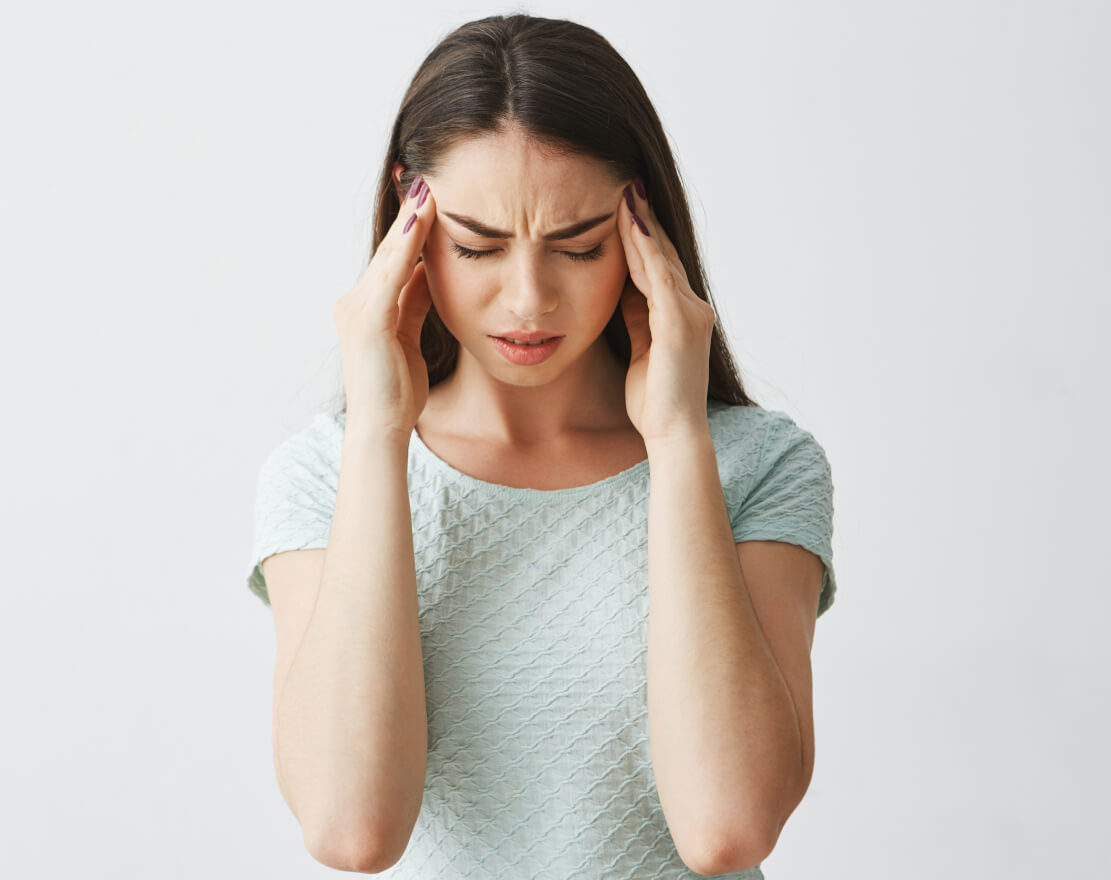
Photo credit to freepik.com
Millions of people throughout the world suffer from migraines, which is a common neurological disorder. Let us discuss the details of what a migraine is, its causes, and its symptoms.
What is Migraine?
Migraine is a type of headache disorder that is characterized by recurrent episodes of moderate to severe head pain. Migraines are usually one-sided, throbbing or pulsating in nature, and can last for hours to days. In addition to head pain, people with migraines may experience a range of other symptoms, such as nausea, vomiting, sensitivity to light and sound, and visual disturbances such as aura.
Migraines can be classified into two main types: migraine with aura and migraine without aura. Migraine with aura is characterized by the presence of neurological symptoms, such as visual disturbances or tingling sensations, that occur before or during a migraine attack. Migraine without aura does not involve these types of symptoms.
Treatment for migraines may include medications to relieve symptoms and prevent future attacks, lifestyle changes such as avoiding triggers, and alternative therapies like acupuncture or biofeedback. Some people may benefit from a combination of these approaches. It’s important for people with migraines to work with their healthcare provider to develop an individualized treatment plan that addresses their unique needs and triggers.
Best Alternative Treatments for Migraines
There are several alternative treatments that have been shown to be effective in reducing the frequency and severity of migraines. Some of the best alternative treatments for migraines include:
Acupuncture
This traditional Chinese medicine technique involves inserting thin needles into specific points on the body. Studies have shown that acupuncture can be effective in reducing the frequency and severity of migraines.
Biofeedback
This technique involves using sensors to monitor bodily functions such as muscle tension and heart rate, and then using relaxation techniques to control these functions. Biofeedback has been shown to be effective in reducing the frequency and severity of migraines.
Massage Therapy
This involves using manual manipulation of the muscles and soft tissues to reduce tension and pain. Studies have shown that massage therapy can be effective in reducing the frequency and severity of migraines.
Yoga
This ancient practice involves physical postures, breathing techniques, and meditation. Studies have shown that yoga can be effective in reducing the frequency and severity of migraines.
Herbal Supplements
Certain herbal supplements, such as butterbur and feverfew, have been shown to be effective in reducing the frequency and severity of migraines. However, it is important to consult with a healthcare provider before taking any herbal supplements, as they can interact with other medications and have side effects.
Nutritional Supplements
Studies have been done on the potential for nutritional supplements to lessen migraine frequency and intensity, including magnesium, riboflavin (vitamin B2), and coenzyme Q10 (CoQ10). Although the evidence is not yet clear-cut, several studies have discovered that these supplements may be beneficial for some people who suffer from migraines. Before taking any nutritional supplements, it’s important to see a healthcare professional because they may interact negatively with other prescriptions or cause side effects.
Chiropractic Care
Some persons with migraines may benefit from chiropractic care, which involves manipulating the spine to improve alignment and alleviate tension. According to a review of studies, combining chiropractic care with other therapies like acupuncture can significantly lessen the frequency and severity of migraine attacks.
Essential Oils
Essential oils, such as lavender and peppermint, have been traditionally used for their calming and pain-relieving properties. While the evidence is limited, several studies have found that using these oils topically or breathing them may lessen the severity of migraines. However, it’s important to use essential oils carefully, as they can be toxic if used incorrectly.
If you’re considering alternative treatments for migraine such as acupuncture, herbal supplements and nutritional supplements, visit the Acupuncture Halls clinic in San Juan Capistrano, California. The clinic’s licensed acupuncturist has the expertise and skills needed to manage your medical condition. You can call 949-510-6333 or set up an appointment online here.
What Causes Migraines?
Migraines are a complex neurological disorder with a variety of potential causes. While the exact cause of migraines is not fully understood, research has identified a number of factors that may contribute to the development of migraines. Here are some of the most common causes of migraines:
Genetics
There is evidence to suggest that migraines may have a genetic component. Studies have shown that migraines tend to run in families, and certain genes may be linked to an increased risk of developing migraines. However, the specific genes involved and the mechanisms by which they contribute to migraines are not yet fully understood.
Abnormal Brain Activity
Migraines are thought to be caused by changes in brain activity, specifically involving the trigeminal nerve, which is responsible for transmitting sensory information from the head and face to the brain. It is believed that these changes in brain activity cause blood vessels in the brain to constrict and then dilate, leading to the characteristic throbbing pain of migraines.
Hormonal Changes
Hormonal changes, particularly fluctuations in estrogen levels, can trigger migraines in some people. Women are more likely to experience migraines than men, and many women report an increase in migraine frequency or severity during certain times in their menstrual cycle, pregnancy, or menopause.
Environmental Triggers
Various environmental factors have been identified as potential triggers for migraines. These can include bright or flashing lights, loud noises, strong smells, changes in weather or barometric pressure, and certain types of physical activity.
Food and Drink Triggers
Certain foods and beverages have been linked to an increased risk of migraines in some people. Common triggers include alcohol, caffeine, chocolate, aged cheeses, and foods containing nitrates or nitrites.
Stress
Stress is a common trigger for migraines, and many people report experiencing migraines during or after periods of stress. It is believed that stress can cause changes in the brain and blood vessels that trigger migraines.
Medications
Some medications, including certain blood pressure medications and hormonal contraceptives, have been associated with an increased risk of migraines.
Sleep Changes
Some people may have migraines as a result of changes in their sleep patterns, such as getting too little or too much sleep. This could be brought on by the disruption of circadian rhythms, which have an impact on brain function and blood flow.
It’s crucial to remember that not everyone who has migraines will have the same triggers or causes. Additionally, a lot of migraine sufferers have several triggers, so eliminating one trigger may not always guarantee migraine prevention. Identifying and avoiding triggers can be an important part of managing migraines, but a comprehensive treatment plan may also include medications, lifestyle changes, and alternative therapies.
What are the Symptoms of Migraine?
The symptoms of migraine can vary from person to person, but some common symptoms include:
- Throbbing or pulsating pain on one or both sides of the head
- Sensitivity to light, sound, and sometimes smells
- Nausea and vomiting
- Blurred vision or visual disturbances such as seeing flashing lights or zigzag lines
- Dizziness or lightheadedness
- Tingling or numbness in the face or limbs
- Difficulty concentrating or confusion
- Fatigue or weakness
Not all people with migraines experience all of these symptoms, and some may experience additional symptoms not listed here. Some people may also experience a “prodrome” phase before the migraine, which can include changes in mood, appetite, or energy levels, or other symptoms that signal the onset of a migraine. Additionally, some people may experience an “aura” phase, which involves visual disturbances or other neurological symptoms that occur shortly before or during the headache phase.
